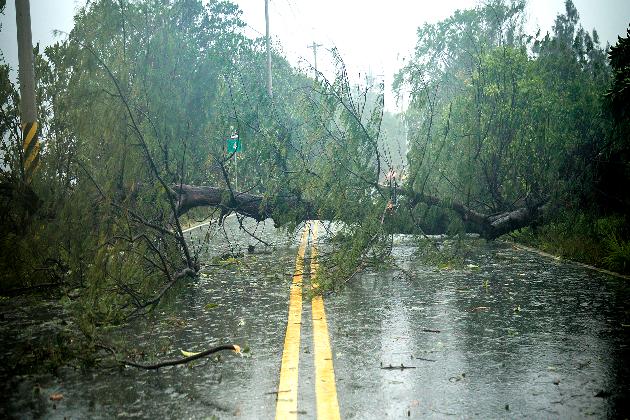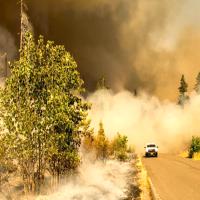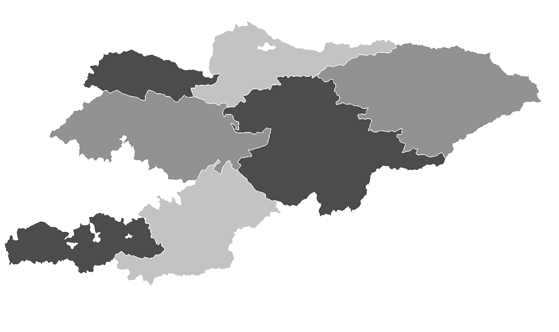PHOENIX, Arizona: Severe weather swept across many parts of the U.S., with extreme heat spreading across Arizona, New Mexico and parts of Texas, Colorado, and Kansas, while unseasonable cold enveloped the Pacific Northwest, snow headed to the northern Rocky Mountains and heavy rainfall forecast from the northern Plains to the Upper Midwest.
More than 63 million people were under heat advisories over the weekend, stretching from the Southwest northward up through Denver and into Chicago, the National Weather Service estimated.
Phoenix temperatures, which hit 112 degrees Fahrenheit (44.4 Celsius) on June 15, eased slightly the next day to 110 degrees Fahrenheit (43.3 Celsius).
The Associated Press quoted Ted Whittock, a meteorologist with the National Weather Service in Phoenix, saying, "We are recommending that everyone reduce their time outdoors between 10 a.m. and 6 p.m., stay hydrated, and wear light, looser fitting clothing."
The heat has been hazardous in recent years in metro Phoenix, where a record 645 people died from heat-related causes in 2023.
The city and Maricopa County adopted additional measures to keep people safe this year, including two new overnight cooling centers where people can rest in air conditioning after the sun goes down.
The threat of thunderstorms with potential high winds and heavy rainfall increased in the Chicago area, even as heat indices were forecast to reach near 100 degrees F (37.7 C) through the middle of the week.
As the heat wave spreads eastward, Washington and the rest of the mid-Atlantic and New England were likely to see high temperatures in the mid- to upper 90s in the week.
The U.S. last year saw the most heat waves, consisting of abnormally hot weather lasting more than two days, since 1936.
While much of the country swelters, snow covered the northern Rockies over the past few days. Parts of Montana and north-central Idaho were under a winter storm warning, with as much as 6 inches (15 centimeters) of heavy. Wet snow was expected in the mountains around Missoula, Montana. As much as 20 inches (51 centimeters) was predicted for higher elevations around Glacier National Park.
The intense flooding continued dissipating in southern Florida, where storms had dumped up to 20 inches of rain in and around Miami and Fort Lauderdale and left them underwater in recent days.
That storm system coincided with the early start of hurricane season, which this year is forecast to be among the most active in recent memory.



























 35
35 















